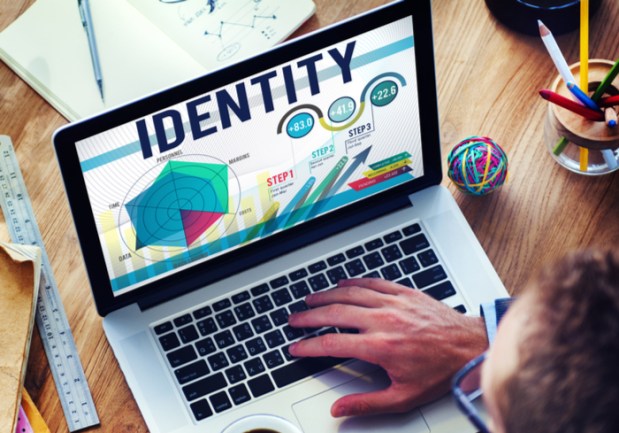How Biometrics Could Help Provision Identity

Identity presents a challenge for consumers around the globe, according to FinTech experts at artificial intelligence (AI) biometric software companies. “There are about a billion people in the world who lack any kind of legal identity whatsoever,” Distilled Identity CEO David Shrier told PYMNTS in an interview.
And, more broadly, Shrier said there are about 3.5 billion people in the world who have weak identity, if not no identity. In other words, some of their identity attributes can help them attain housing, a job or credit – but that identity might not be very good: That is, it might be bad data, inaccurate data or data filled with bad math. As a result, 3.5 billion people are denied access to financial services – a figure that includes 64 million Americans who either have no credit or have to borrow from payday lenders as well as other high-interest sources.
But, according to Shrier, that’s a problem that can be solved if a person has a better identity. As such, many companies are seeking to provision identity, and some of them are taking a more advanced version of that through biometrics.
Shrier breaks the evolution of biometric technology into stages: At the beginning, he said, biometrics 1.0 was equivalent to the fingerprint or facial scan technology that’s in the iPhone. While that technology was a start, it could be readily forged or hacked, Shrier said. Within 24 hours of the iPhone 7 release, for instance, bad actors figured out how to hack the phone’s fingerprint scanner. And, within 48 hours, they figured out how to hack into the facial recognition software.
After that point in time, Shrier said some companies were trying to implement techniques that use behavior to generate data around identity through biometrics 2.0. “That was better in some ways,” he said. “It’s a little harder to forge or hack than fingerprint scanning or facial recognition.” But he said that version of biometrics has suffered a number of limitations, particularly around making the technology useful.
With biometrics 3.0, however, companies like Distilled Identity can not only create a better identity system using a combination of multiple techniques for behavioral, physiological, biomechanical and other biometrics, but Shrier said the data the company generates is also useful for predicting future behavior.
And the method enables companies to generate a credit score for consumers, including those who have no credit history. Shrier said that a number of prospective customers and partners are excited about the technology, because it can solve for problems in the emerging world. And, in another cornerstone of technology from Distilled Identity is self-sovereign data and identity: that is, data under the control of consumers that is more readily protected against cyberattacks.
In the future world of biometrics 4.0, Shrier predicts changes at the individual and the social level. At the individual level, he said more and more sensors will gather more and more data about what’s going on around the world to help better refine an understanding of people.
As that happens, the technology has the potential to work to their benefit. For instance, a bank could tell customers that they are heading for tough times financially and would like to help them before they get in trouble. On the social level, he sees a component of collective intelligence to the technology that can lead to better societies. But, going forward, Shrier said one needs to think about the applications of AI technology – and have a thoughtful awareness of how the technology should be applied heading into the future.
